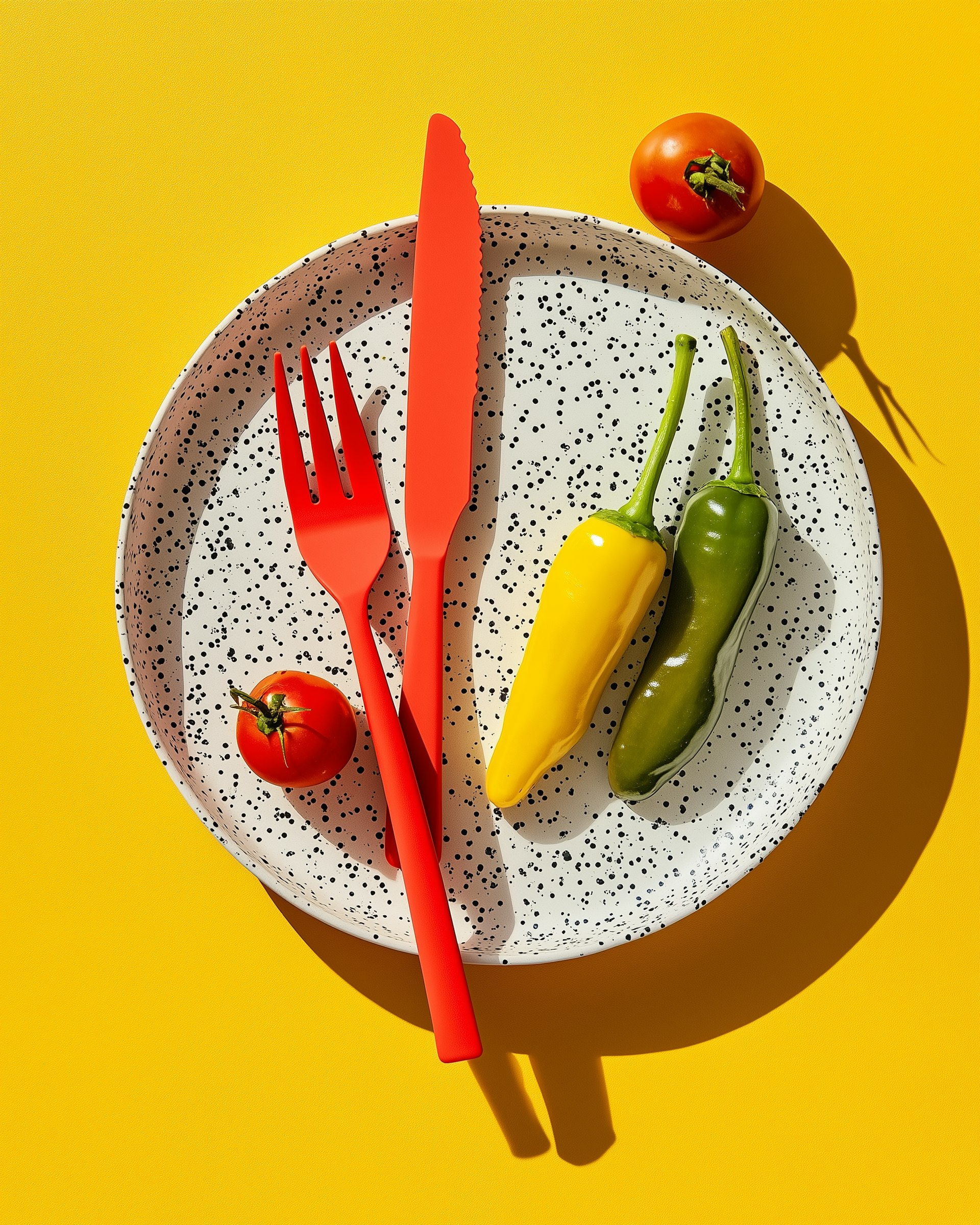Most of us have deeply ingrained food habits driven by dopamine hits from sugary, rich foods. Our brains link these foods to particular cues like locations, rituals or emotions. Those dopamine-associated cues then trigger intense cravings, making unhealthy eating patterns extremely difficult to break. Read along to understand dopamine’s powerful role in driving cravings and get tips for disrupting these unhealthy cycles.

Do you often unwind after work by grabbing chips or cookies from the pantry? Or after a difficult conversation? Or when feeling lonely, angry, or sad?
These aren’t just random cravings or lapses in willpower. They are behaviours driven by dopamine, the neurotransmitter that creates the feel-good sensation in our brains. Certain foods, especially rich, sugary, or high-calorie ones, trigger dopamine hits that make us feel pleasure and motivate us to repeat that behaviour.
Over time, our brains start linking those dopamine-releasing foods to whatever scenarios or cues preceded us getting them – a particular location, ritual, emotion, etc. Those cues then become potent triggers that spark intense cravings and make unhealthy eating patterns incredibly hard to overcome.
The Biology Behind Food Cravings
We’ve all experienced intense cravings for certain foods, even when we’re not necessarily hungry. The smell of fresh pizza, the sight of a creamy dessert, or the memory of a salty snack can kick our cravings into high gear. While it’s easy to chastise ourselves for a supposed lack of willpower when giving in, the real culprit often lies in our brain chemistry – specifically dopamine.
Dopamine: The Feel-Good Chemical Driving Cravings
Dopamine is a neurotransmitter that plays a key role in motivation and pleasure-seeking behaviors. When we eat delicious, calorie-dense foods, our brains get a hit of dopamine that signals “this feels good, I want more of that.” This dopamine release then reinforces patterns and associations, making us more likely to repeat the behavior (seeking out that food) when similar cues and triggers arise.
The pattern that was the hardest for me to break was “rewarding” myself with food after a difficult meeting at work, submitting a paper to a journal, or even socializing. Our brains quickly connect those scenarios to getting the “reward” of tasty treats. Cues can also be related to various emotions or contexts – maybe you tend to reach for unhealthy snacks when stressed, bored, or feeling down because they provide a temporary dopamine boost.
Possible Cues That Trigger Unhealthy Patterns
Social Cues:
-
Social isolation (boredom, loneliness)
-
Interpersonal conflict (anger, frustration, self-blame)
-
Social events and celebrations
-
Observing others overeat
Physiological Cues:
-
Hunger
-
Fatigue
Mental Cues:
-
Memories
-
Mental images
Over time, these patterns become solidly ingrained habits or even “addictive” behaviours. Our brains are always seeking ways to feel safe and good through dopamine hits. Eating flavorful, high-calorie foods is an easy way to get that feel-good chemical rush.
Breaking the Cycle: Disrupting Unhealthy Patterns
I know it sounds boring, but awareness is key. Instead of just trying to power through with willpower, we can disrupt those patterns by:
-
Identifying personal food cues and triggers
-
Removing or avoiding those cues when possible
-
Finding alternate activities to get a dopamine boost (exercise, hobbies, etc.)
-
Having a plan to cope with cravings in a healthier way
While our biology may predispose us to seeking calorie-dense foods, we don’t have to be controlled by those drives. Understanding how dopamine impacts our eating behaviours is the first step to making more mindful choices and breaking the cycle of unhealthy patterns.







Comments +